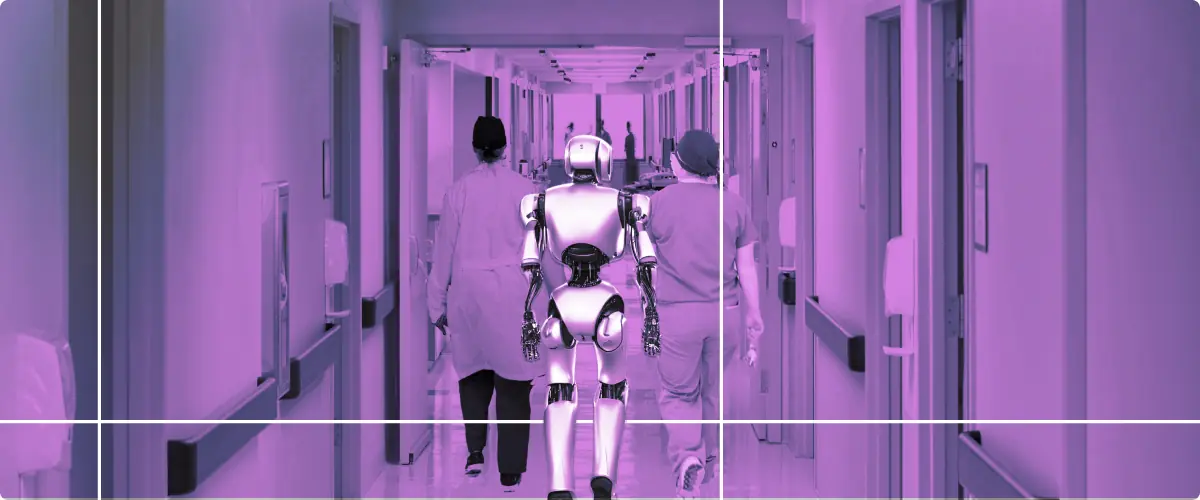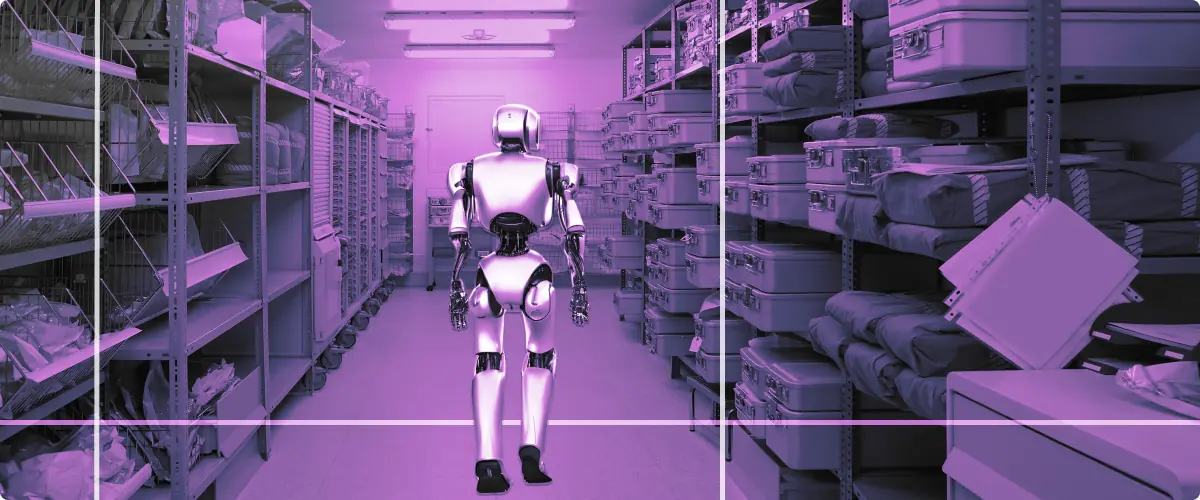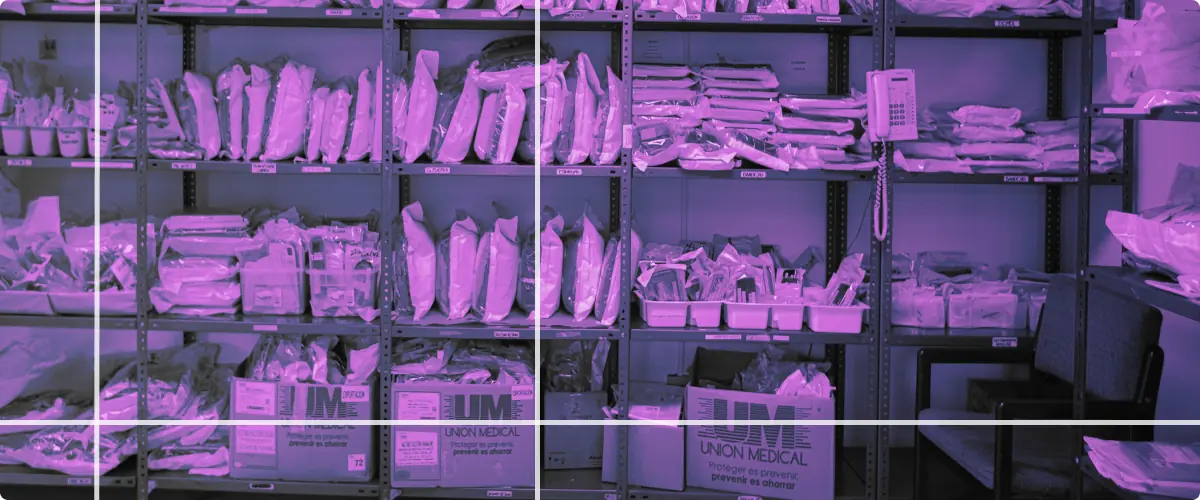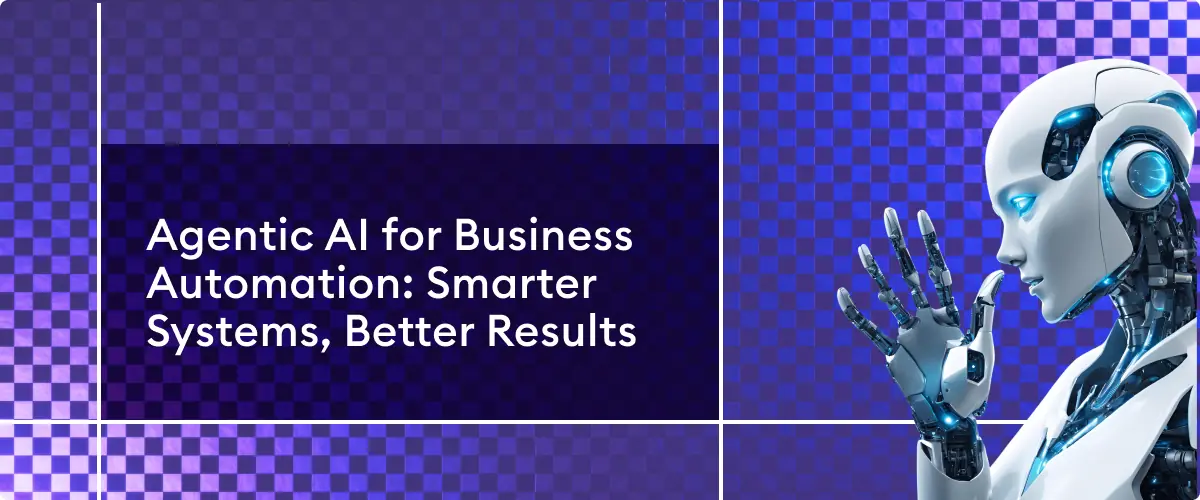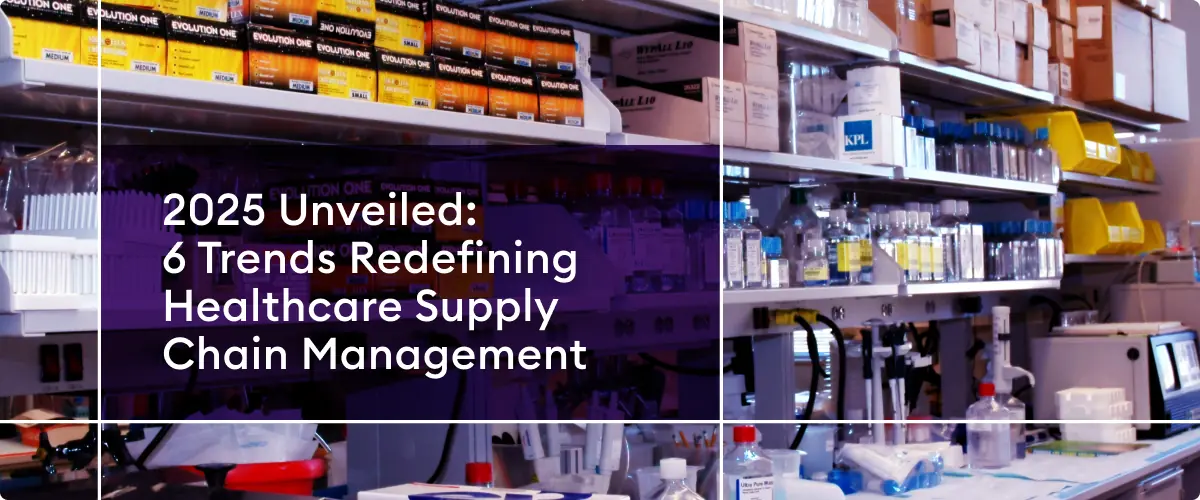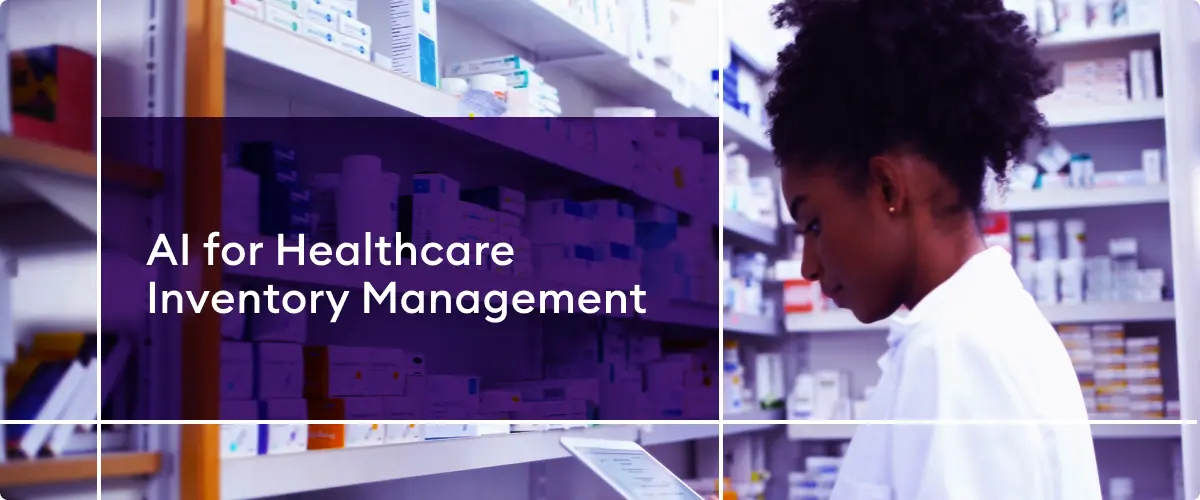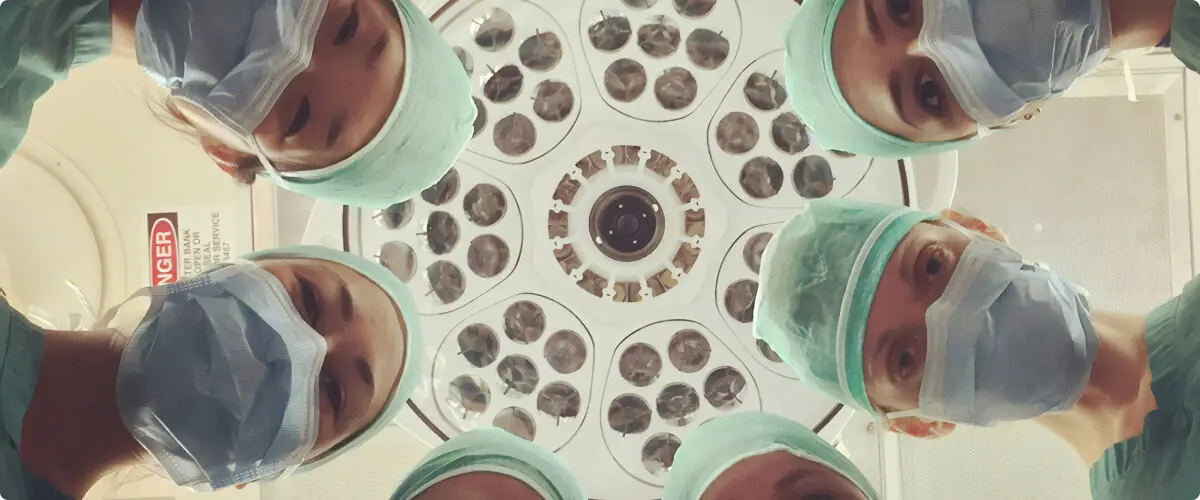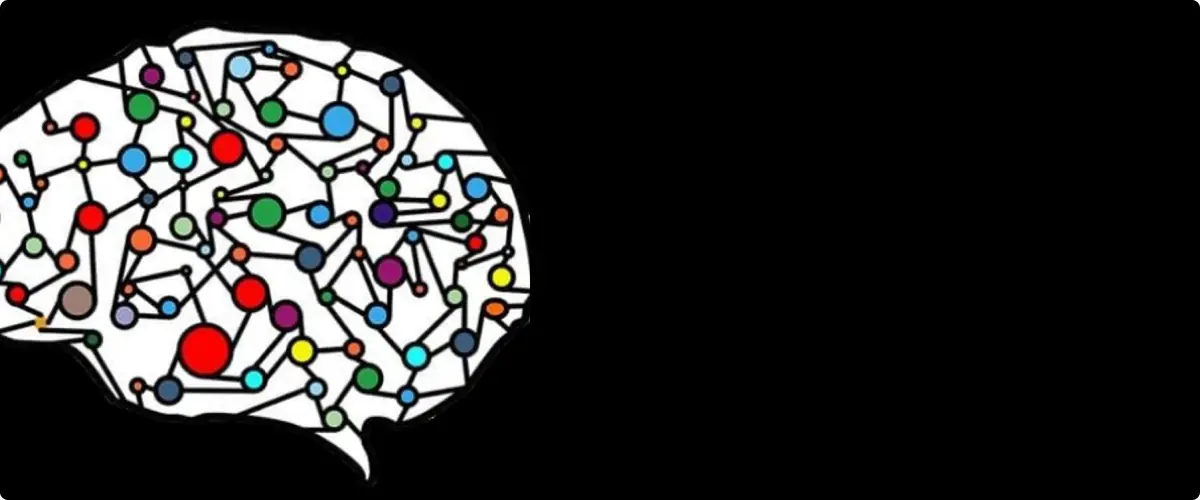The landscape of healthcare is rapidly evolving, with remote patient monitoring (RPM) emerging as a critical component in delivering efficient, high-quality care. Provider shortages significantly amplify the importance of RPM in healthcare, as it extends the reach of existing medical staff to meet the growing demand for care.
Enter AI-powered computer vision technology that is reshaping the future of patient-centric healthcare. Remote patient monitoring isn’t a new concept, but advancements in AI technology have dramatically expanded its capabilities and applications. AI-powered patient monitoring systems offer continuous monitoring, enabling early detection of potential health issues, safety risks, and health deterioration.
By automating routine monitoring tasks, healthcare providers can manage larger patient populations and focus their attention on patients who need immediate care. This proactive approach not only reduces the strain on healthcare systems but also improves patient outcomes.
Evolving Patient Monitoring with AI-Powered Vision Technology
Traditional remote patient monitoring systems have relied heavily on wearable devices, telecommunication platforms, and data analytics to offer comprehensive RPM services. These companies are focused on collecting health data for monitoring and managing various health conditions, covering parameters such as vital signs, cardiac health, sleep disorders, and respiratory conditions.
However, AI-powered vision technology is taking RPM systems to a whole new level. By leveraging advanced computer vision algorithms and machine learning, these systems can provide non-invasive, continuous monitoring of patients to provide the safety and security needed without the need for constant human oversight.
Applications of Vision AI for Patient Monitoring
Using visual data captured by cameras strategically placed within a patient’s room, Vision AI detection technology can actively monitor designated “safety zones” to effectively oversee the entire room. Always-on automated Vision AI systems are trained to detect subtle changes in a patient’s condition as well as a range of unwanted, risky, and distressing behaviors, such as attempts to leave the bed, elopement risks, or unauthorized entry. Detected incidents are reported instantly via multiple communication channels, and in some cases, real-time two-way audio can offer calming reassurances to the patient.
AI-powered patient monitoring systems use predictive analytics to analyze trends and gain behavioral insights. Detecting potential issues before a crisis occurs enables better care management and helps patients maintain greater independence in their daily lives. Healthcare providers are quickly adapting to this technology, expanding their remote patient monitoring capabilities to cover a wider range of use cases.
Fall detection and prevention:
Vision AI can analyze a patient’s gait, poses, and movements to predict and detect falls. For instance, trained AI systems can detect behaviors that indicate a potential fall like patients sitting on the edge of bed. These systems are designed to not only ensure rapid response to safeguard a patient’s well-being but also be predictive using advanced analytics to review patterns to prevent further incidents.
Behavioral analysis:
AI systems can learn a patient’s normal patterns of movement and activity. Deviations from these patterns can alert caregivers to potential health issues. For instance, AI systems can be used to monitor and measure indicators for potential signs of Urinary Track Infections (UTI). Vision AI models can be trained to count the number of times a patient may drink out of a water bottle or visit the bathroom, sending alerts when a certain threshold is met.
Distress monitoring:
Vision AI systems can detect behaviors that indicate a patient may be in distress. Using sentiment analysis, AI can analyze changes in facial expressions that may indicate a patient is in pain. Additionally, it can detect changes in body language, like thrashing, that can indicate a patient is in distress who may not be able to audibly communicate it.
Vital sign monitoring:
Vision AI systems can track patients’ changes in heart rate and respiratory rate. For instance, AI can be trained to continually analyze skin color changes, alerting care providers when a color indicating circulation problems occurs. When combined with other sensors, they can provide a complete picture of a patient’s vital signs.
Walker usage:
Analyzing real-time camera feeds, Vision AI can track patient movements, ensuring proper walker usage while detecting any signs of instability or incorrect usage that could lead to falls. This preemptive monitoring enables providers to offer timely interventions.
Ensuring Data Security and Patient Privacy
When dealing with sensitive health data, security and privacy are paramount concerns. The AI-powered patient monitoring systems address these issues through several measures, including encrypted data transmission, secure cloud storage, anonymized data processing, strict access controls, and transparent data policies. For example, the AI behind these systems is designed to analyze video streams and only capture the visual cues that indicate a patient’s condition, behavior, or action requiring further attention, eliminating the risk of constant surveillance and unnecessary data capture.
Delivering a New Standard of Patient Care with Vision AI
It’s clear that AI-powered patient monitoring solutions are driving a new standard in patient care. As Vision AI technology continues to evolve and the demand for remote patient monitoring grows, these companies and others in the industry will continue to push the boundaries of remote patient monitoring. This will deliver a new era of patient-centric healthcare that emphasizes early detection, proactive management, and improved quality of life for patients worldwide.
Contact us to learn more about Chooch Vision AI healthcare solutions.

